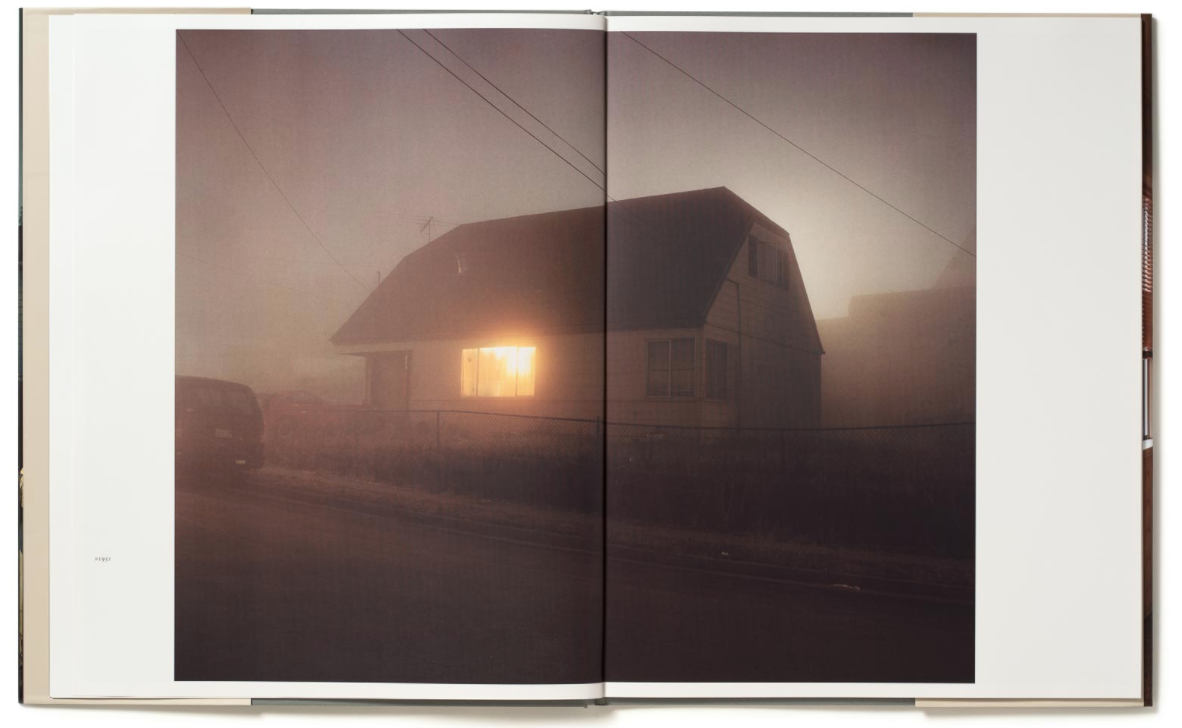- To my studio class I was assigned to make a photographed typology. Living on the fifth floor with windows viewing 20th street, I have a constant relationship with the public space outside my apartment. I can watch the passengers passing down the street, and also into the apartments of the opposite building. For my typology, I’ve photographed pedestrians holding their umbrellas on one rainy morning. From my point of view, the umbrellas had hidden most of the pedestrians’ figures, revealing for the most part their lower body parts. Although I took the role of the invisible observer, the circumstances prevented me from actually picking out the identities of my subjects. It created an interesting contrast between the invasiveness of my act and the secrecy of the subject matters, between private and public.
- As part as my research of public and private relations in photography, I came across an international exhibition protesting against new forms of surveillance technologies used (or that will be used) for governmental and private organisational purposes. One of the projects, made by the Sentient City Survival Kit, introduced a LED umbrella, that let users “flirt with object tracking algorithms used in advanced surveillance systems” and even “train these systems to recognize nonhuman shapes.”
- For the last part of my studio project, based on my photographed typology and inspired by the texts I read for Media class, I’ve designed an anti — surveillance product:
- Other guilty pleasure examples, all taken from my bedroom window in the past couple of days:
Zombies cought in the app by Ritzo ten Cate:
http://www.boredpanda.com/smartphone-zombies-caught-in-the-app-gotta-catch-em-all/
Passengers by John Schabe:
https://www.wired.com/2013/02/john-schabel-airplane-passengers-portraits/
House hunting by Todd Hido:
http://www.toddhido.com/househunting.html
From Hido’s official website:
‘If you want to take a photo, you don’t knock on someone’s door to ask permission,’
‘I take photographs of houses at night because I wonder about the families inside them,’ Hido tells me. ‘I wonder about how people live, and the act of taking that photograph is a meditation.’
It would seem that in order for these pictures to exist, the photographer would need to be a voyeur, but Hido denies secrecy. He says he keeps himself obvious, even when shooting in the dark. When somebody calls the police, he is quick to make the distinction between photographer and criminal. ‘You’re allowed to take pictures in public,’ Hido says. ‘It’s interesting that so many people regard their surroundings as inherently private. Hido heightens that sense of false privacy. Amplifies it, to show the cracks in the edifices.










